Home>diy>Building & Construction>What Are Structural Insulated Panels Used For In Green Construction
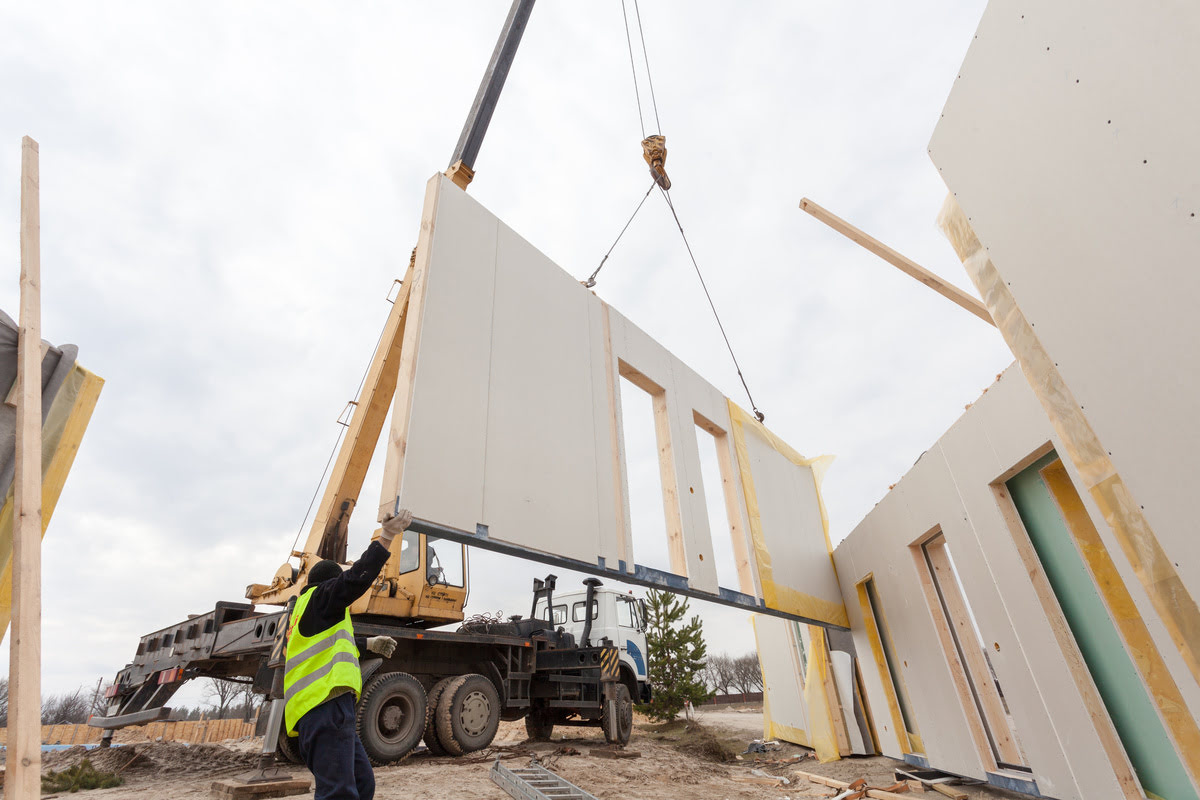

Building & Construction
What Are Structural Insulated Panels Used For In Green Construction
Modified: December 7, 2023
Discover how structural insulated panels (SIPs) are revolutionizing building construction in the green industry. Learn about their versatile uses and eco-friendly benefits.
(Many of the links in this article redirect to a specific reviewed product. Your purchase of these products through affiliate links helps to generate commission for Storables.com, at no extra cost. Learn more)
Introduction
Welcome to the world of green construction, where sustainability and energy efficiency are at the forefront of building practices. As the construction industry seeks innovative solutions to reduce its environmental impact, one technology that has gained popularity is the use of Structural Insulated Panels (SIPs). These panels offer numerous benefits in terms of energy efficiency, structural integrity, and versatility, making them a valuable asset in green construction projects.
But what exactly are Structural Insulated Panels? In simple terms, they are prefabricated building panels consisting of a core material sandwiched between two layers of structural boards. The core material is typically made of expanded polystyrene (EPS) foam or polyurethane foam, while the sheets can be composed of oriented strand board (OSB) or fiber cement board. The result is a panel that offers excellent insulation and structural support.
So, why are Structural Insulated Panels so attractive for green construction? Let’s explore the benefits they bring to the table.
Key Takeaways:
- Structural Insulated Panels (SIPs) offer energy efficiency, reduced construction time, and improved indoor air quality. Their composite construction and design flexibility make them a sustainable and reliable choice for green construction projects.
- SIPs contribute to sustainable construction by reducing energy consumption, minimizing waste, and promoting renewable resources. Their versatility extends to various building applications, from residential to commercial, making them a valuable asset in creating environmentally-friendly structures.
Definition of Structural Insulated Panels (SIPs)
Structural Insulated Panels (SIPs) are a type of building material that provides both structural support and insulation in one integrated system. SIPs consist of a core material, such as expanded polystyrene (EPS) foam or polyurethane foam, sandwiched between two layers of structural boards, typically oriented strand board (OSB) or fiber cement board.
The core material of SIPs provides excellent thermal insulation properties, helping to regulate indoor temperatures and reduce the reliance on heating and cooling systems. The outer layers, made of sturdy structural boards, offer strength and rigidity to the panel, allowing it to carry load-bearing capabilities. The result is a versatile and efficient building component that can be used for walls, roofs, and floors in residential and commercial structures.
SIPs are typically manufactured off-site in a controlled factory environment. This prefabrication process ensures precision and quality control, resulting in panels that are ready to be assembled quickly and efficiently on the construction site. The design flexibility of SIPs allows for various sizes and shapes, accommodating diverse architectural styles and design requirements.
These panels integrate seamlessly with other building systems, such as doors, windows, and electrical and plumbing installations. The tightness of the SIPs construction minimizes air leakage, preventing energy losses and enhancing indoor air quality. Additionally, the insulation properties of SIPs help reduce noise transmission, creating quieter and more comfortable living and working environments.
Overall, the use of Structural Insulated Panels offers builders and homeowners an eco-friendly and energy-efficient solution. By combining the functions of insulation and structural support, SIPs contribute to the reduction of energy consumption, greenhouse gas emissions, and overall environmental impact.
Benefits of Using Structural Insulated Panels in Green Construction
Structural Insulated Panels (SIPs) offer a wide range of benefits that make them an ideal choice for green construction projects. Let’s explore some of the key advantages of using SIPs:
1. Energy Efficiency: SIPs are known for their exceptional thermal insulation properties, which significantly reduce energy consumption. The high R-value of SIPs ensures that indoor temperatures remain stable, minimizing the need for artificial heating or cooling. This results in lower energy bills and reduced carbon emissions.
2. Reduced Construction Time: SIPs are prefabricated off-site, allowing for faster and more efficient construction. The panels are manufactured to precise specifications, ensuring a perfect fit during assembly. This streamlined process can significantly reduce construction time and labor costs.
3. Improved Indoor Air Quality: The airtight construction of SIPs minimizes air leakage, preventing the infiltration of pollutants and allergens. This ensures better indoor air quality, promoting a healthier living or working environment for occupants.
4. Exceptional Strength and Structural Integrity: SIPs provide excellent load-bearing capabilities due to their composite structure. They have been rigorously tested and engineered to withstand high wind loads and seismic forces, making them a reliable choice in areas prone to natural disasters.
5. Design Flexibility: SIPs can be easily customized to meet a variety of architectural styles and design requirements. They can be used for walls, roofs, and floors, allowing for versatile and creative designs. The panels can also accommodate openings for doors, windows, and other building components with ease.
6. Environmental Sustainability: SIPs contribute to sustainable construction practices by reducing waste generation and minimizing the carbon footprint. They are made with eco-friendly materials and can be recycled at the end of their life cycle.
7. Noise Reduction: The insulation properties of SIPs help minimize noise transmission, creating quieter indoor spaces. This is particularly beneficial in urban areas or locations near busy roads or airports.
8. Improved Fire Resistance: SIPs have excellent fire resistance properties. The structural boards used in the panels are typically treated with fire retardants, offering enhanced fire protection compared to traditional construction methods.
9. Long-Term Durability: SIPs are designed to last for decades with minimal maintenance. The materials used in fabrication are highly durable and resistant to moisture, pests, and rotting, ensuring a long lifespan for the building.
In summary, the use of Structural Insulated Panels brings numerous benefits to green construction projects. From energy efficiency and reduced construction time to improved indoor air quality and design flexibility, SIPs offer a sustainable and reliable solution for constructing environmentally-friendly buildings.
Energy Efficiency of Structural Insulated Panels (SIPs)
When it comes to green construction, energy efficiency is a key consideration. Structural Insulated Panels (SIPs) excel in this area, providing significant benefits over traditional construction methods. Let’s delve into the energy efficiency features of SIPs:
1. Thermal Insulation: SIPs are renowned for their exceptional thermal insulation properties. The core material, usually expanded polystyrene (EPS) foam or polyurethane foam, provides a high level of insulation. This insulation helps to regulate indoor temperatures by reducing heat transfer through the walls, ceilings, and floors. As a result, the building requires less energy for heating and cooling, leading to substantial energy savings.
2. Reduced Thermal Bridging: Thermal bridging refers to the transfer of heat through building components that have higher thermal conductivity than the surrounding materials. Traditional construction methods, such as stud framing, can create thermal bridging due to the use of materials with higher heat conductivity. In contrast, SIPs minimize thermal bridging due to their continuous insulation layer. This ensures improved energy efficiency and a more comfortable indoor environment.
3. Airtight Construction: SIPs are designed and installed to create airtight building envelopes. The tight seal prevents air leakage and infiltration, reducing the loss of conditioned air and the entry of exterior air. This airtight construction minimizes heat loss in the winter and heat gain in the summer, resulting in lower energy demands for temperature regulation.
4. Elimination of Insulation Gaps: Traditional construction methods often suffer from insulation gaps, which can lead to thermal leaks and energy losses. SIPs, on the other hand, are manufactured with precision and accuracy, ensuring a seamless insulation envelope without any gaps. This eliminates common weak points in insulation, enhancing the overall energy efficiency of the building.
5. Low U-Values: U-value is a measure of the rate of heat transfer through a material or assembly. SIPs have low U-values, indicating their superior insulating properties. The low U-values of SIPs contribute to reduced heat flow, increased energy efficiency, and better thermal comfort inside the building.
6. Energy Savings: The combined effect of the thermal insulation, airtight construction, and low U-values of SIPs results in significant energy savings. Building with SIPs can reduce energy consumption for heating and cooling by up to 60% compared to conventional construction methods. This translates into lower utility bills and a reduced environmental impact.
7. LEED Certification: SIPs can contribute to achieving Leadership in Energy and Environmental Design (LEED) certification, a globally recognized standard for sustainable and energy-efficient buildings. The use of SIPs can earn points in several LEED categories, such as Energy and Atmosphere, Indoor Environmental Quality, and Materials and Resources.
By choosing Structural Insulated Panels for your construction project, you can maximize energy efficiency, lower operating costs, and create a more comfortable and sustainable living or working environment. SIPs are an excellent investment for those committed to green construction and reducing their environmental footprint.
Structural Integrity of Structural Insulated Panels (SIPs)
When it comes to constructing buildings, structural integrity is of utmost importance. Structural Insulated Panels (SIPs) are highly regarded for their robust and reliable performance. Let’s explore the key factors that contribute to the structural integrity of SIPs:
1. Composite Construction: SIPs are made up of multiple layers working together as a composite system. The core material, typically expanded polystyrene (EPS) foam or polyurethane foam, is sandwiched between two layers of structural boards, such as oriented strand board (OSB) or fiber cement board. This composite construction provides rigidity, strength, and load-bearing capacity to the panels.
2. Engineering and Testing: SIPs undergo rigorous engineering and testing processes to ensure their structural integrity. These panels are subjected to various tests, including bending, shear, and compression tests, to verify their strength and performance. Additionally, manufacturers follow industry standards and codes to ensure the structural integrity of SIPs.
3. Load-Bearing Capabilities: SIPs are designed to withstand both vertical and lateral loads. They have been extensively tested for their load-bearing capabilities, making them suitable for use in walls, roofs, and floors. SIPs can efficiently carry the weight of the building, as well as distributed loads from snow, wind, and seismic forces.
4. Resistance to Settling and Shrinkage: Unlike traditional wood framing, SIPs have minimal settling and shrinkage issues. The manufacturing process ensures dimensional stability, reducing the risks of cracks and gaps that can compromise the structural integrity of a building. This stability allows for better long-term performance and reduced maintenance needs.
5. Seismic and Wind Performance: SIPs have excellent seismic and wind performance characteristics. The composite construction and continuous connection of SIPs help in distributing loads throughout the structure, improving its resistance to seismic events and high winds. This is particularly crucial in regions prone to earthquakes and severe weather conditions.
6. Structural Design Flexibility: SIPs offer versatility in terms of structural design. They can be customized to various shapes and sizes, accommodating architectural styles and design requirements. The panels can also be easily modified to accommodate openings for doors, windows, and other building components without compromising their structural integrity.
7. Code Compliance: SIPs meet or exceed building code requirements for structural integrity. Manufacturers ensure that SIPs are tested and manufactured according to applicable industry standards and codes. This ensures that buildings constructed with SIPs meet safety regulations and can withstand the anticipated loads and forces.
The structural integrity of SIPs makes them a reliable choice for different types of construction projects. Their composite construction, load-bearing capabilities, resistance to settling and shrinkage, seismic and wind performance, design flexibility, and compliance with building codes all contribute to the strength and stability of buildings constructed with SIPs.
SIPs are commonly used in green construction for their energy efficiency, strength, and quick installation. They are often used for walls, roofs, and floors in residential and commercial buildings.
Read more: What Is A Structure In Construction
Versatility of Structural Insulated Panels (SIPs)
When it comes to construction, versatility is a highly desirable characteristic. Structural Insulated Panels (SIPs) offer a wide range of applications and design possibilities, making them a versatile choice for various construction projects. Let’s explore the versatility of SIPs:
1. Use in Walls, Roofs, and Floors: SIPs can be used for constructing walls, roofs, and floors in both residential and commercial buildings. The panels provide excellent structural support while also acting as a thermal barrier. This versatility allows for seamless integration of SIPs across different building components.
2. Architectural Design Flexibility: SIPs offer design flexibility, making them suitable for a variety of architectural styles. The panels can be easily customized to create unique shapes, angles, and curves. Whether it’s a traditional or contemporary design, SIPs can be used to achieve the desired aesthetic appeal.
3. Fast and Efficient Construction: SIPs are prefabricated off-site, allowing for faster and more efficient construction. The panels are manufactured to precise specifications in a controlled factory environment, reducing on-site labor and construction time. This versatility in construction speed is beneficial in meeting tight project timelines.
4. Seamless Integration of Building Systems: SIPs integrate seamlessly with other building systems, such as electrical, plumbing, and HVAC. Precise panel fabrication ensures accurate placement of openings for doors, windows, and utility provisions. This versatility allows for a smooth installation of building components without compromising the structural integrity of the SIPs.
5. Multi-Story Buildings: SIPs can be used to construct multi-story buildings. The panels provide excellent load-bearing capacity and structural stability, making them suitable for vertical constructions. Their dimensional stability and resistance to settling and shrinkage contribute to the durability and long-term performance of multi-story structures.
6. Additions and Extensions: Whether it’s expanding an existing structure or adding new components, SIPs can be easily incorporated into renovation and extension projects. Their modular nature and ease of assembly make SIPs a versatile choice for expanding living or working spaces.
7. Commercial and Industrial Applications: SIPs are not limited to residential construction. They are also widely used in commercial and industrial applications. From retail spaces and offices to warehouses and factories, SIPs provide a durable, energy-efficient, and versatile solution for various commercial building needs.
8. Acoustic Performance: SIPs offer excellent sound insulation properties, making them suitable for applications that require acoustic performance. The panels can help reduce noise transmission, creating quieter and more comfortable environments in spaces such as recording studios, theaters, or conference rooms.
With their wide range of applications and design possibilities, SIPs offer exceptional versatility in construction. Whether it’s for residential, commercial, or industrial purposes, SIPs provide a durable, energy-efficient, and customizable solution that can be adapted to diverse project requirements and architectural designs.
Environmental Impact of Using Structural Insulated Panels (SIPs)
As the construction industry places greater emphasis on sustainability, choosing environmentally-friendly building materials has become paramount. Structural Insulated Panels (SIPs) offer several advantages that contribute to reducing the environmental impact of construction projects. Let’s explore the environmental benefits of using SIPs:
1. Energy Efficiency: SIPs provide excellent thermal insulation, reducing the need for heating and cooling systems in buildings. By minimizing energy consumption, SIPs help lower greenhouse gas emissions and decrease reliance on non-renewable energy sources.
2. Reduced Construction Waste: SIPs are prefabricated off-site, resulting in less material waste during construction. The panels are made to precise dimensions, minimizing the need for cutting and reducing waste generation. Additionally, SIPs have a longer lifespan, reducing the frequency of material replacement and reducing waste over time.
3. Recyclability: SIPs are made from materials that can be recycled at the end of their lifecycle. The core material, which is typically expanded polystyrene (EPS) foam or polyurethane foam, can be recycled and used for various other applications. The structural boards, often oriented strand board (OSB) or fiber cement board, can also be recycled or reused.
4. Renewable Resources: The materials used in SIPs, such as EPS foam and OSB, can be sourced from renewable resources. By utilizing materials from sustainable forestry practices and utilizing recycled content, SIPs promote the use of renewable resources and reduce the demand for virgin raw materials.
5. Indoor Air Quality: SIPs contribute to better indoor air quality by reducing air leakage and minimizing the infiltration of pollutants. This helps to create healthier living and working environments, promoting the well-being of occupants and reducing the environmental impact associated with poor indoor air quality.
6. Low Volatile Organic Compounds (VOCs): SIPs are known for their low VOC emissions. VOCs are harmful chemicals that can be emitted from certain building materials and contribute to indoor air pollution and negative health effects. Choosing low VOC-emitting materials, such as SIPs, helps create healthier indoor environments and reduce the overall environmental impact.
7. Resource Efficiency: SIPs maximize resource efficiency by combining multiple functions into one building component. The insulation and structural properties are integrated into a single panel, reducing the need for separate insulation materials and additional structural elements. This streamlining of building components helps conserve resources and minimize waste.
By utilizing Structural Insulated Panels in construction projects, builders can significantly reduce the environmental impact of their buildings. The energy efficiency, reduced waste generation, recyclability, use of renewable resources, improved indoor air quality, low VOC emissions, and resource efficiency of SIPs all contribute to a more sustainable and environmentally-friendly approach to construction.
Applications of Structural Insulated Panels in Green Construction
Structural Insulated Panels (SIPs) offer a vast array of applications in green construction projects. Their versatility, energy efficiency, and environmental benefits make them an ideal choice for a wide range of building types and purposes. Let’s explore some of the common applications of SIPs in green construction:
1. Residential Buildings: SIPs are widely used in the construction of residential buildings, including single-family homes, townhouses, and multi-family units. They are used for exterior walls, roofs, and floors, providing structural support, insulation, and energy efficiency. SIPs contribute to comfortable and sustainable living spaces by maximizing energy savings and minimizing environmental impact.
2. Commercial Structures: SIPs find applications in commercial structures such as offices, retail spaces, and recreational buildings. The superior insulation properties of SIPs help reduce energy consumption for heating and cooling, resulting in lower operating costs and a reduced carbon footprint. SIPs also offer design flexibility, accommodating diverse architectural styles and customization requirements.
3. Educational Facilities: SIPs are utilized in the construction of educational buildings, including schools, colleges, and universities. The energy-efficient nature of SIPs helps create comfortable learning environments while minimizing energy demand. The faster construction time of SIPs also benefits educational projects that often have tight schedules.
4. Healthcare Facilities: SIPs are suitable for healthcare facilities such as hospitals, clinics, and assisted living centers. The excellent indoor air quality provided by SIPs contributes to a healthy healing environment. The airtight construction and insulation properties of SIPs also help maintain consistent temperature and reduce the risk of moisture-related issues.
5. Hospitality and Tourism: SIPs can be found in the construction of hotels, resorts, and other tourism-related structures. The energy efficiency and quick construction time of SIPs make them a favorable choice for hospitality projects. The thermal comfort provided by SIPs ensures pleasant stays for guests, while the reduced energy consumption benefits the bottom line of the facility.
6. Industrial Facilities: SIPs have applications in industrial structures, including warehouses, manufacturing plants, and distribution centers. SIPs provide both structural integrity and insulation in one integrated system, creating an energy-efficient environment suitable for various industrial purposes. The speed of construction and long-term durability of SIPs also make them ideal for industrial projects.
7. Green Building Additions and Extensions: SIPs are frequently used in green building additions and extensions. Whether it’s expanding a green home or adding sustainable components to an existing structure, SIPs can seamlessly integrate with the existing building while maintaining energy efficiency and environmental sustainability.
8. Public and Civic Buildings: SIPs find applications in public and civic buildings, including community centers, libraries, and government facilities. The energy efficiency, durability, and design flexibility of SIPs make them a suitable choice for these projects, often with a focus on sustainability and long-term performance.
These are just a few examples of how SIPs are applied in green construction. Their versatility, energy efficiency, and environmental benefits make them a preferred choice for building sustainable, efficient, and comfortable structures across various sectors of the construction industry.
Conclusion
Structural Insulated Panels (SIPs) have become a game-changer in the field of green construction. Their numerous benefits, including energy efficiency, structural integrity, versatility, and environmental sustainability, make them an attractive choice for builders and homeowners alike.
SIPs provide exceptional thermal insulation properties, reducing energy consumption and carbon emissions. The airtight construction and low thermal bridging of SIPs contribute to comfortable indoor environments with stable temperatures and improved indoor air quality.
With their composite construction and rigorous engineering, SIPs offer reliable load-bearing capabilities and resistance to settling and shrinkage. This makes them suitable for various building applications, from residential homes to multi-story commercial structures.
The versatility of SIPs extends beyond structural applications. Their design flexibility, fast construction time, and seamless integration with other building systems allow for endless architectural possibilities. From residential to commercial, educational to healthcare, and industrial to hospitality, SIPs can meet the needs of diverse projects and sectors.
Perhaps most importantly, SIPs contribute to sustainable construction practices. They reduce construction waste, utilize renewable resources, and offer recyclability at the end of their life cycle. SIPs also promote energy efficiency and minimize environmental impact throughout the lifespan of a building.
In conclusion, the use of Structural Insulated Panels in green construction projects offers a host of benefits. SIPs not only provide energy efficiency, structural integrity, and design flexibility but also contribute to a more sustainable, comfortable, and environmentally-friendly built environment. Whether you’re a builder or homeowner, considering SIPs is a step towards constructing a greener future.
Frequently Asked Questions about What Are Structural Insulated Panels Used For In Green Construction
Was this page helpful?
At Storables.com, we guarantee accurate and reliable information. Our content, validated by Expert Board Contributors, is crafted following stringent Editorial Policies. We're committed to providing you with well-researched, expert-backed insights for all your informational needs.

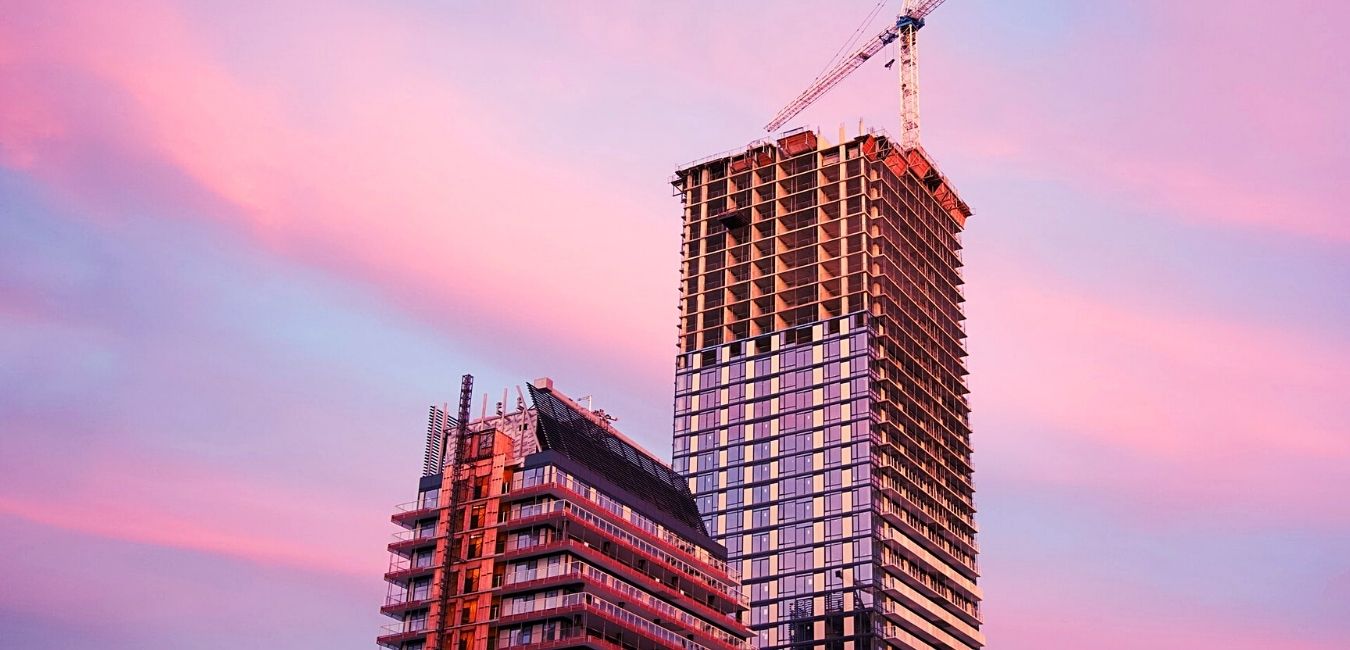
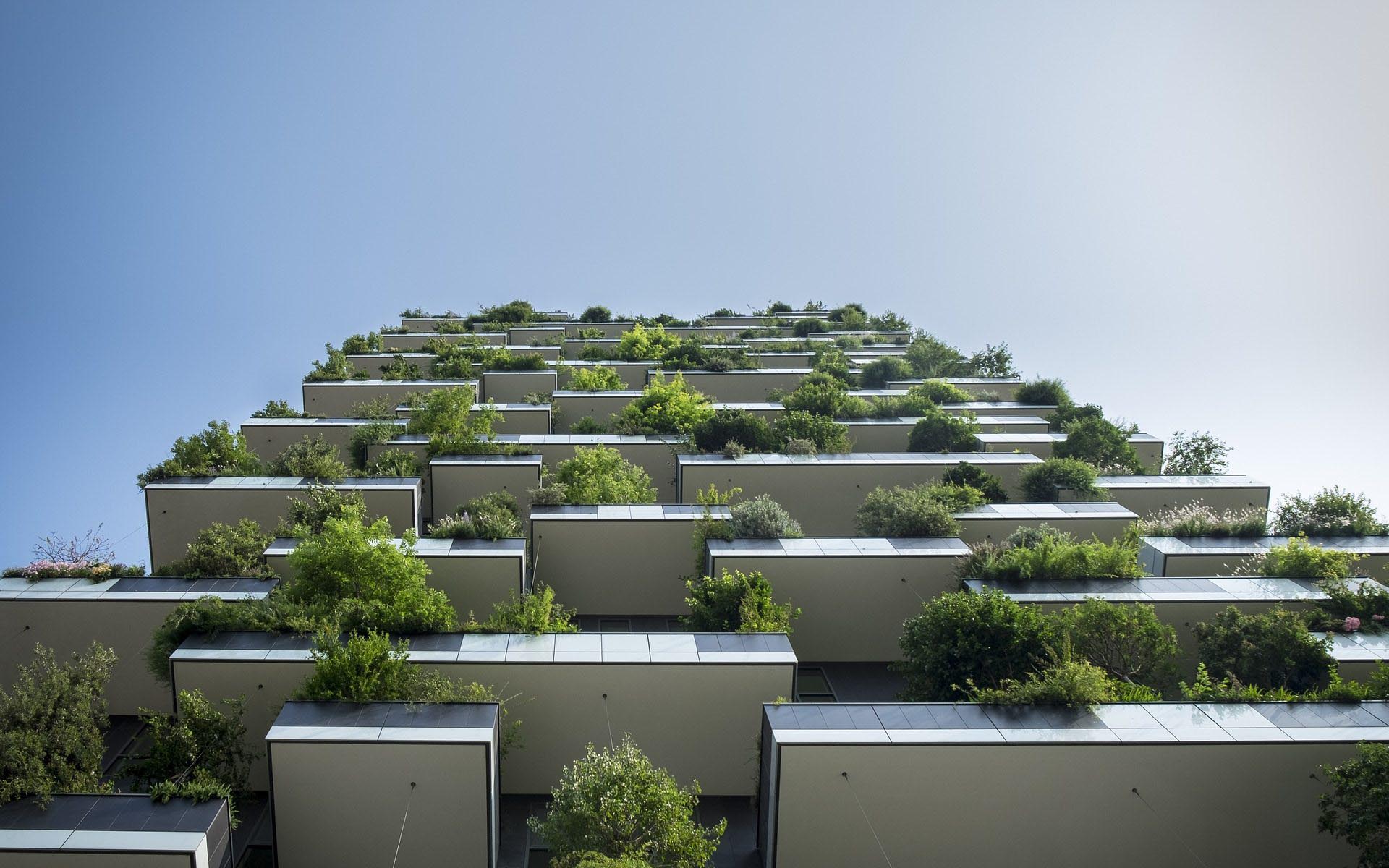
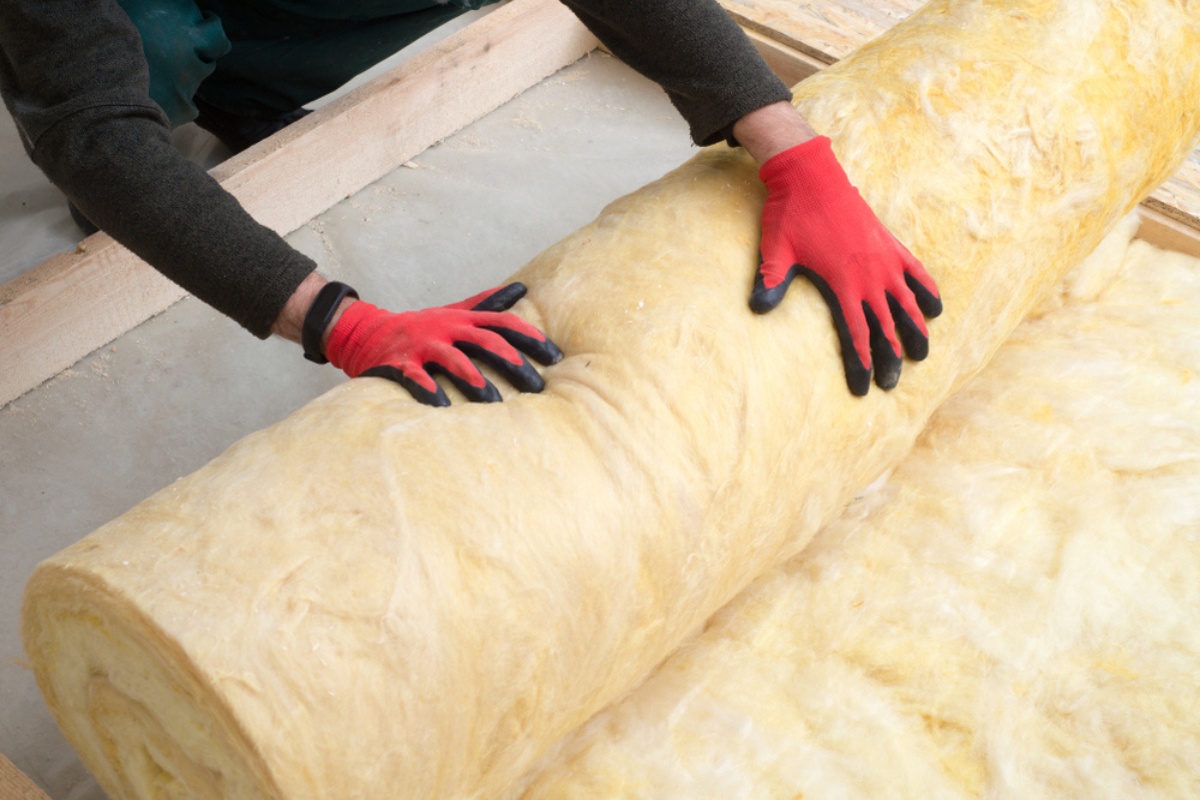
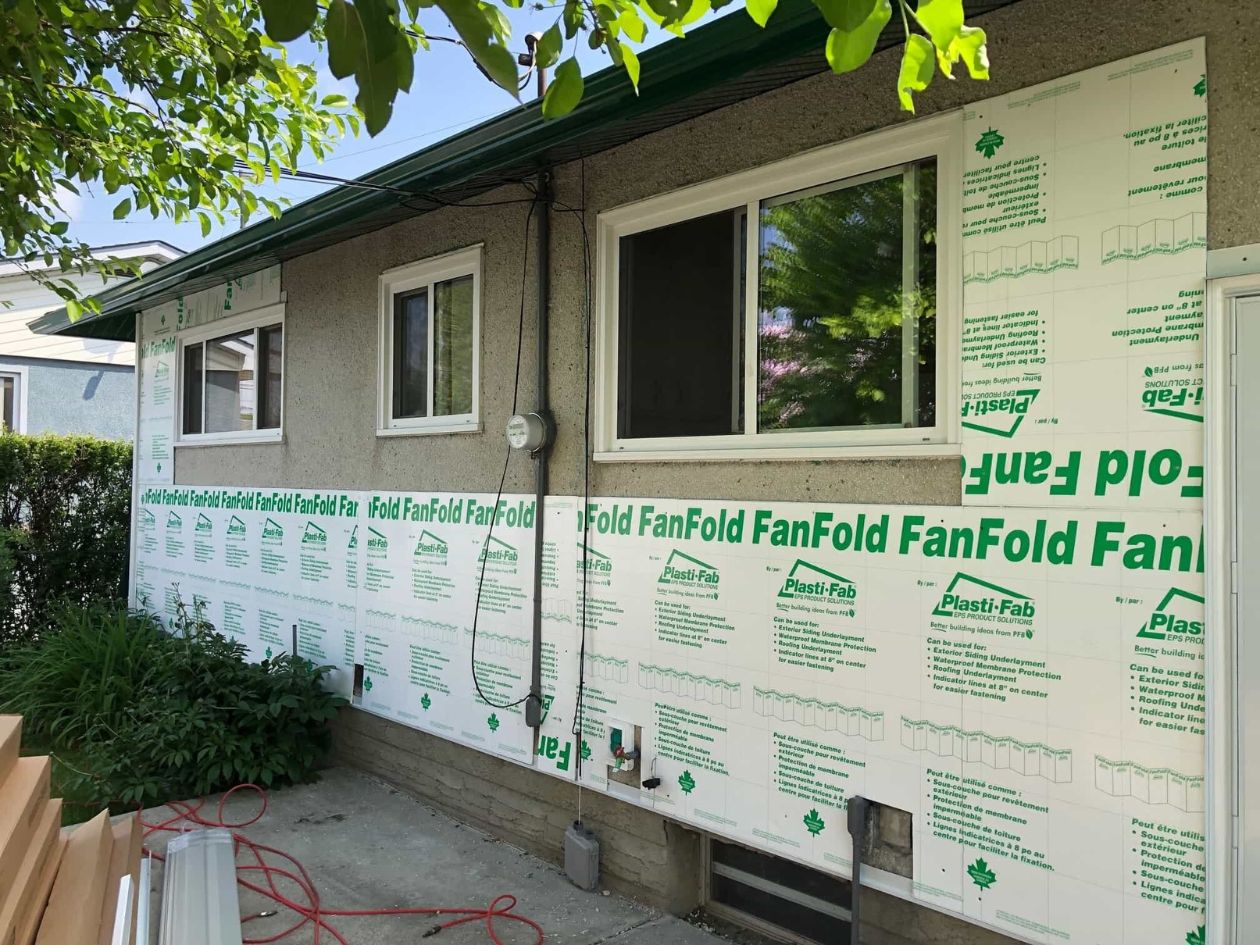
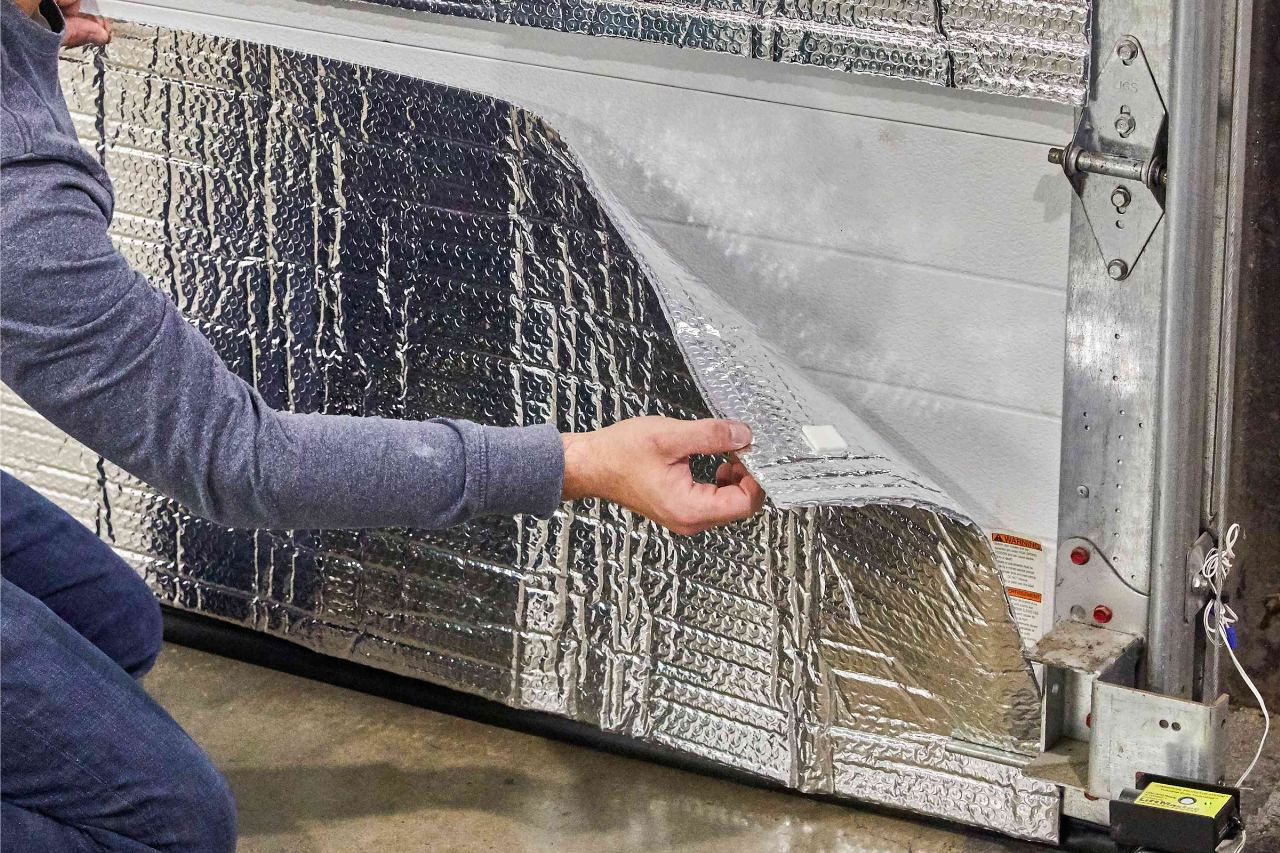

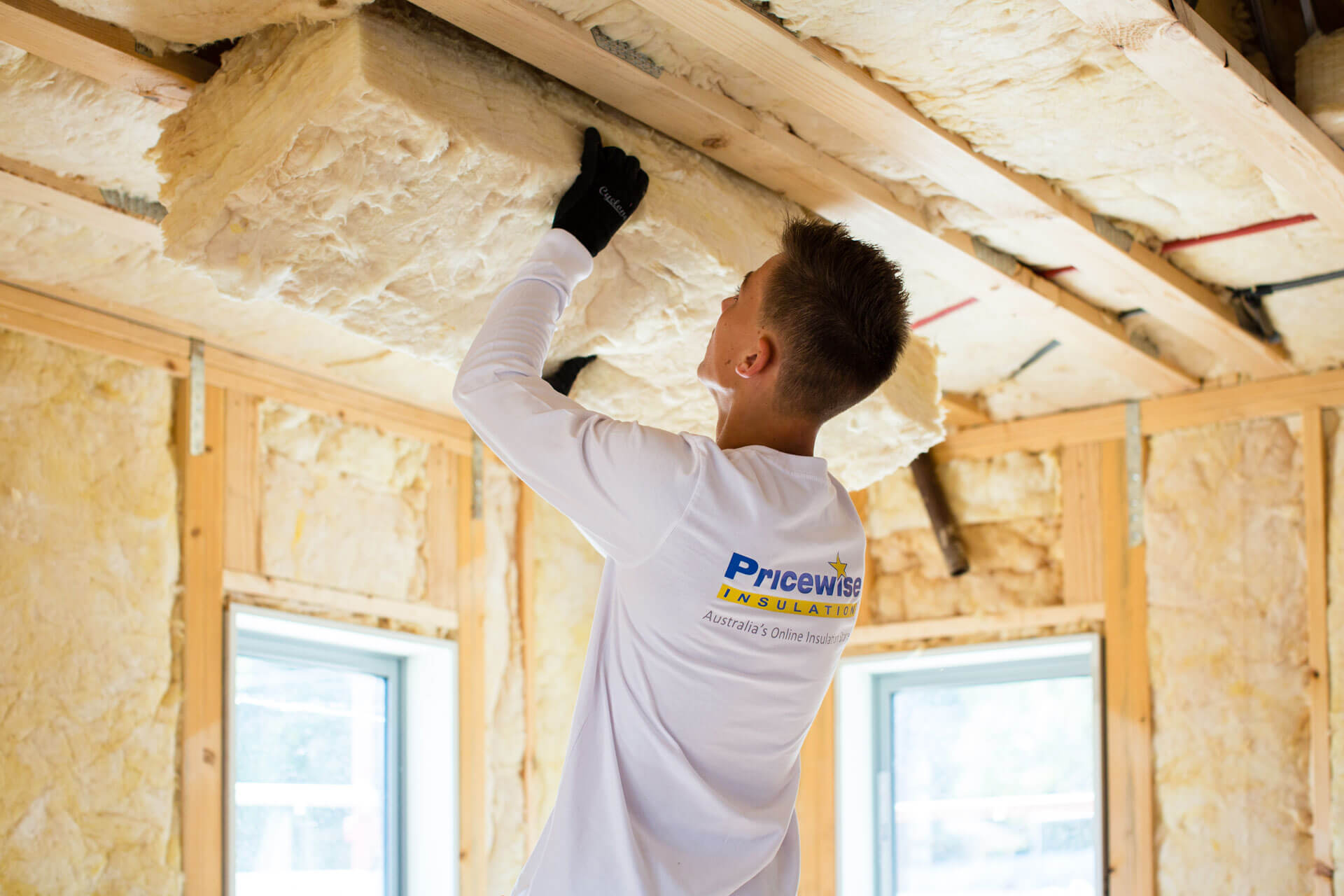
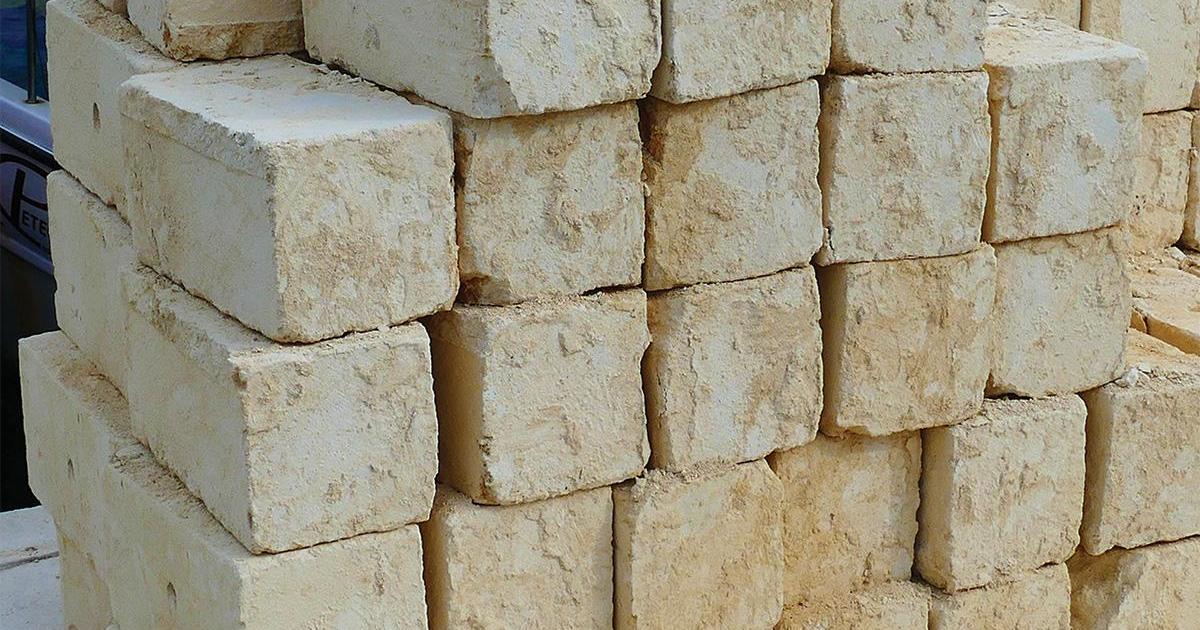
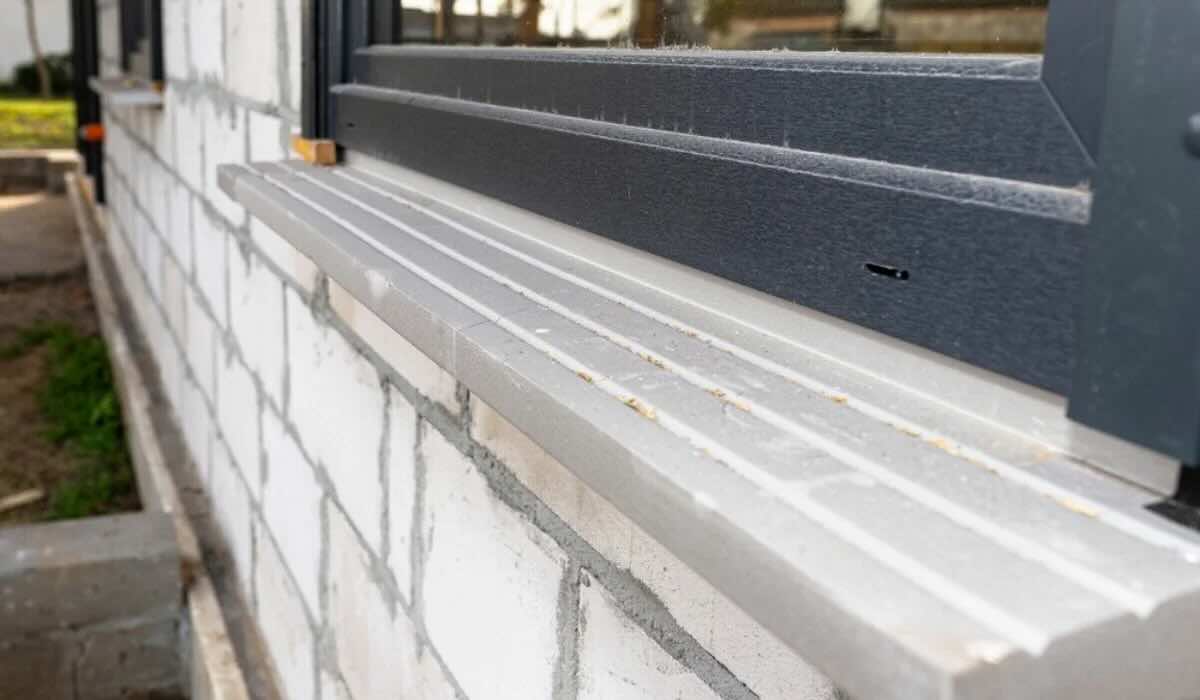
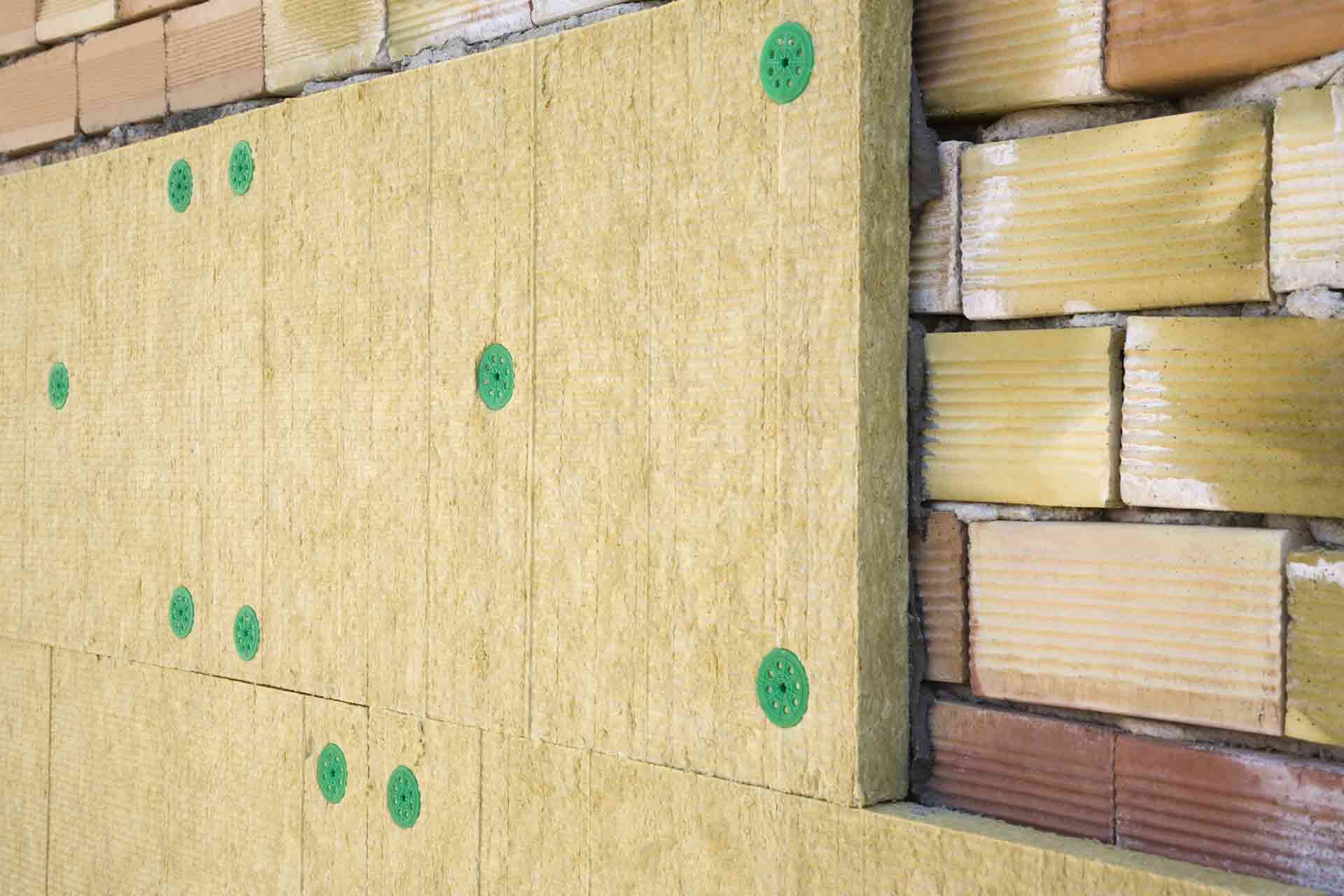
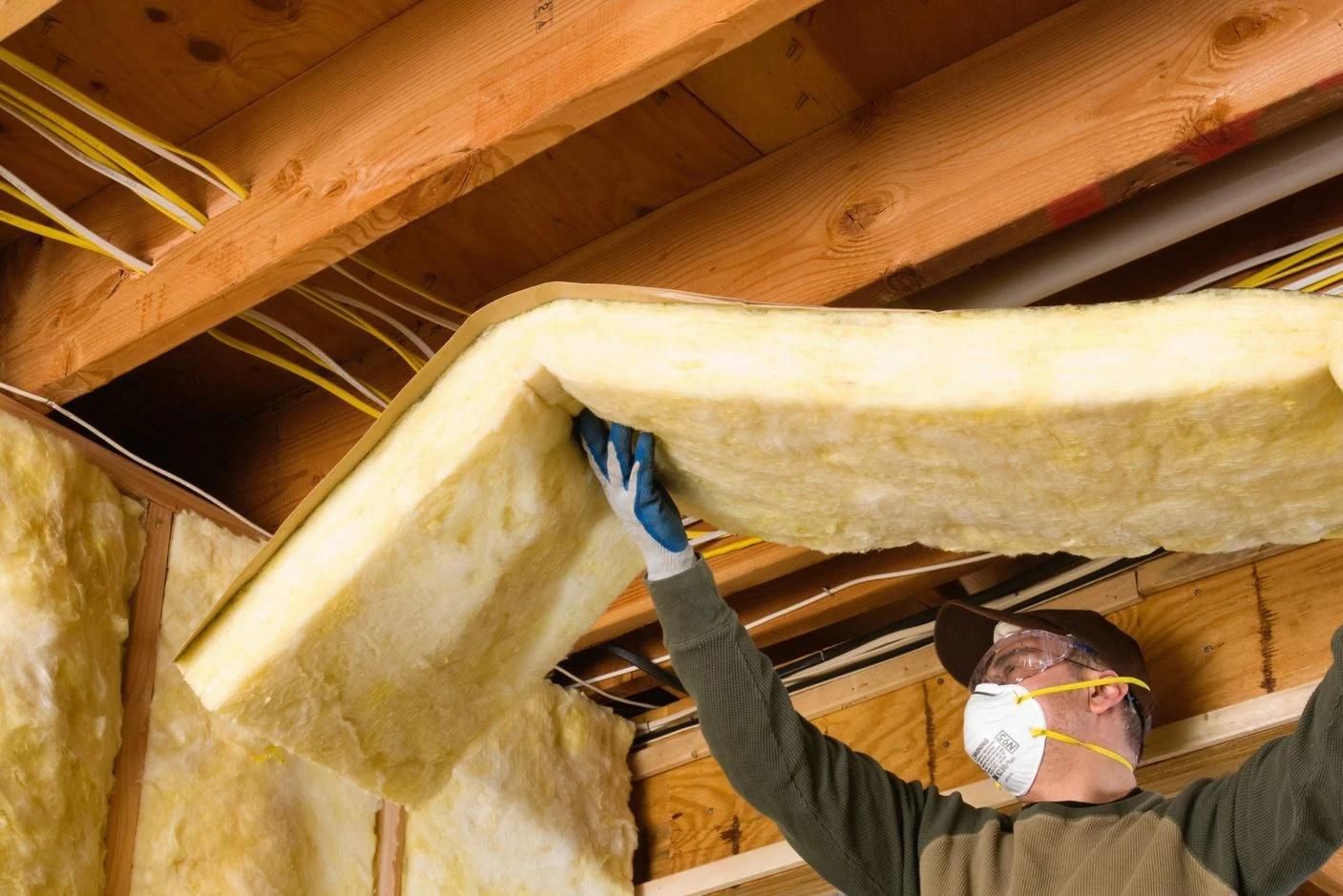
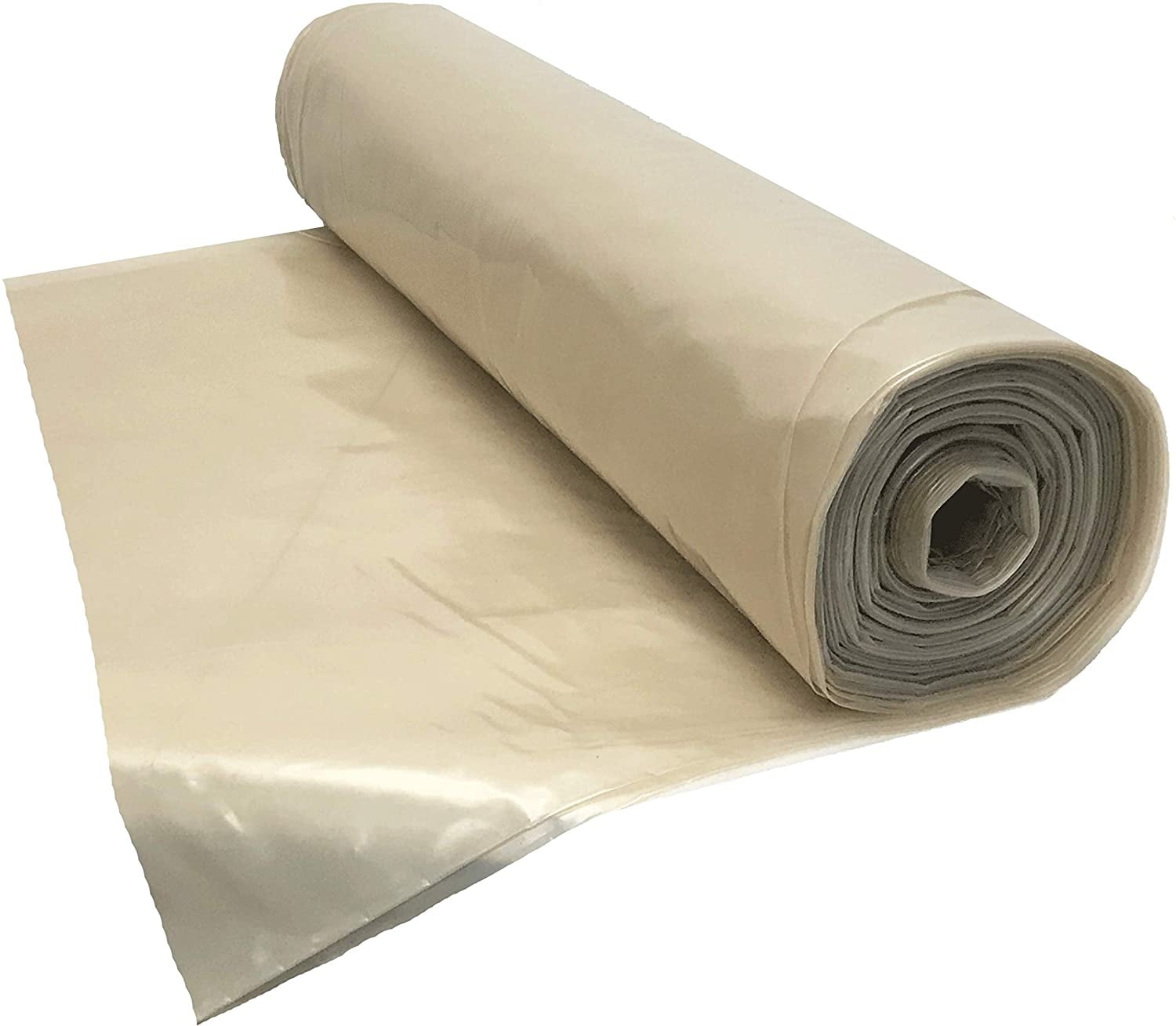
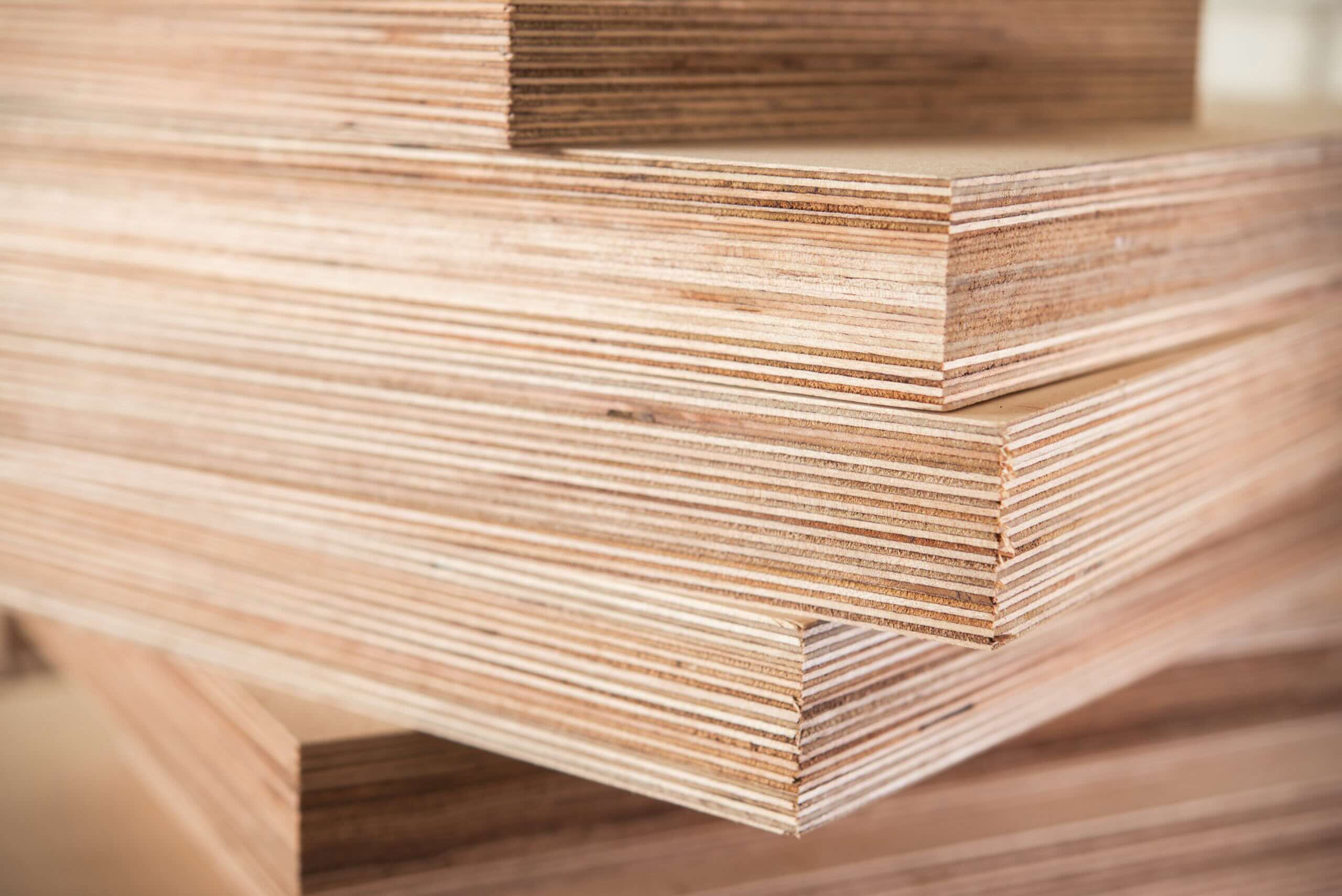

0 thoughts on “What Are Structural Insulated Panels Used For In Green Construction”